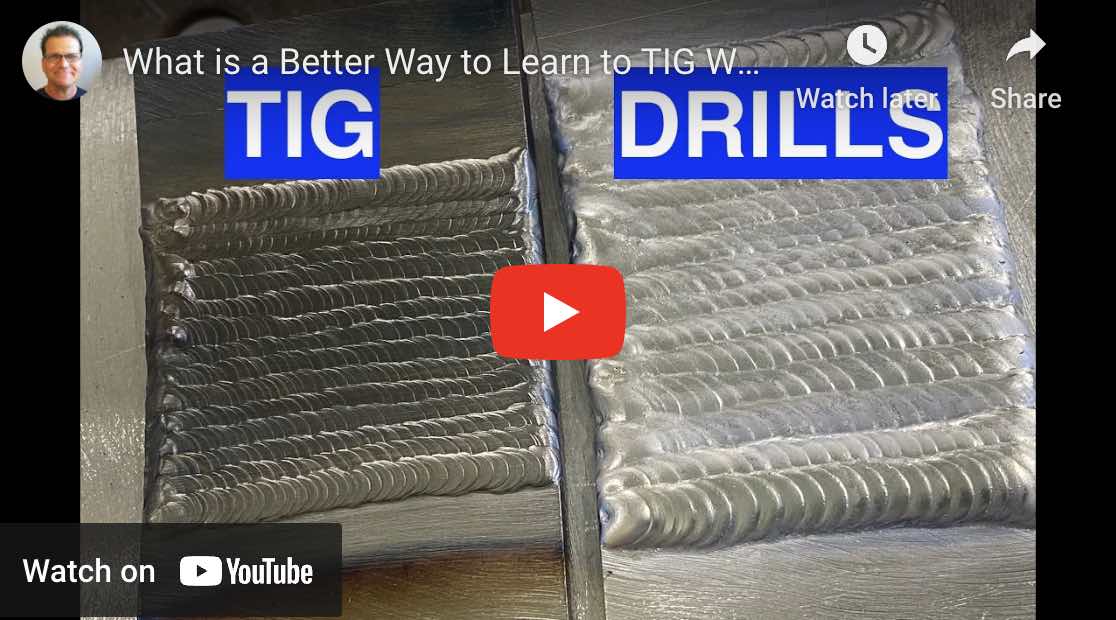AC vs DC tig welding
- HOME
- TIG WELDING
- Ac Vs Dc Tig Welding
Did you know?...
***you can have a Whole month of access to some of the best TIG welding videos for only one Dollar at welderskills.com
*** We Also have a New TIG course learning system over at welderskills.com designed to help you learn faster, with less frustration, and with less metal.
***And that you will get Free Access to this $36.99 TIG course... included as part of your membership?
***And that you can watch as much as you like during your free week trial?
***Its Easy to sign up
Even easier to cancel ...no hoops to jump thru.
No Ads, No BS style
Invest in yourself and sign up for the free test drive today.
This page explains the main differences in AC vs DC tig welding in simple terms.
TIG welding uses electricity to melt metal and join pieces together, and there are two types of welding current that can be used: AC (Alternating Current) and DC (Direct Current). Here’s a simple breakdown of the differences:
1. What is AC and DC?
- AC (Alternating Current): The electricity switches directions, going back and forth. It changes between positive and negative very quickly, many times each second.
- DC (Direct Current): The electricity flows in just one direction, either always positive or always negative. DC current flows from negative to positive.
- DCEN stands for Direct Current Electrode Negative and this is the setting used for TIG welding pretty much everything except for aluminum and magnesium (there are a few exceptions)
- DCEP stands for Direct Current Electrode Positive. This setting is rarely used for TIG welding because current direction heats up the tungsten electrode too much.
2. AC Welding:
- Best for Aluminum and Magnesium: When welding materials like aluminum or magnesium, AC is great because it helps clean the metal while also melting it. This is important because aluminum has a layer of oxide on top, which makes it somewhat more difficult to weld than other metals.
3. DC Welding:
- Best for Steel and Other Metals: DC works well with metals like steel, stainless steel, and most metals other than aluminum and magnesium. It gives a steady, strong flow of welding current and a nice smooth arc.
- More Focused Heat: DC keeps the heat more focused on the metal, providing a precise puddle.
4. Easy to Control:
- DC is easier to control: DC makes it simpler for the welder to keep a steady arc, which helps when welding smaller, precise parts made from carbon steel, stainless steel, nickel alloys, titanium and cobalt alloys.
5. Use Based on Metal Type:
- AC for Aluminum, DC for Steel: In short, use AC for welding metals like aluminum and magnesium and use DC for metals like steel.
It used to be that an AC DC tig welder was much more expensive than a DC tig welder.
That is just not the case anymore. It is true that a DC only TIG welder is slightly cheaper but in my opinion, it is just not worth it to limit yourself to DC only when you can spend just a couple hundred bucks more and have the ability to weld all metals.














